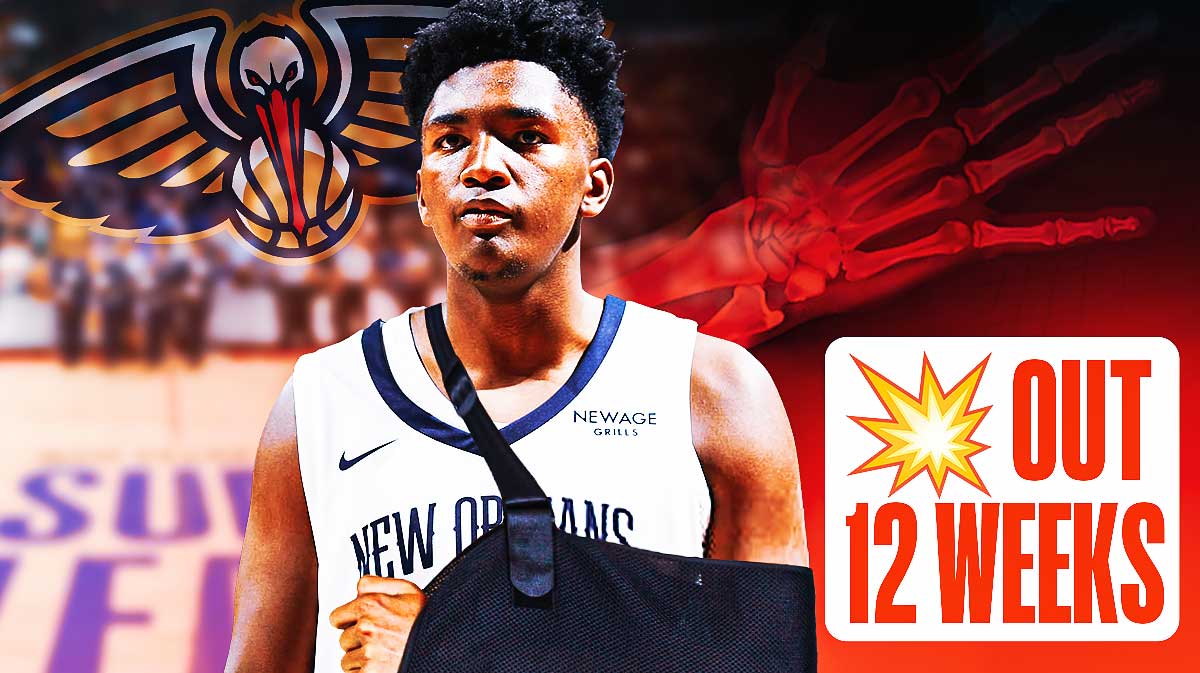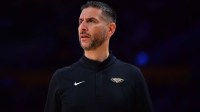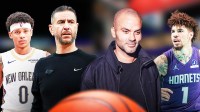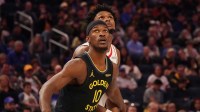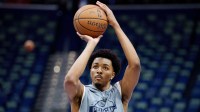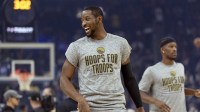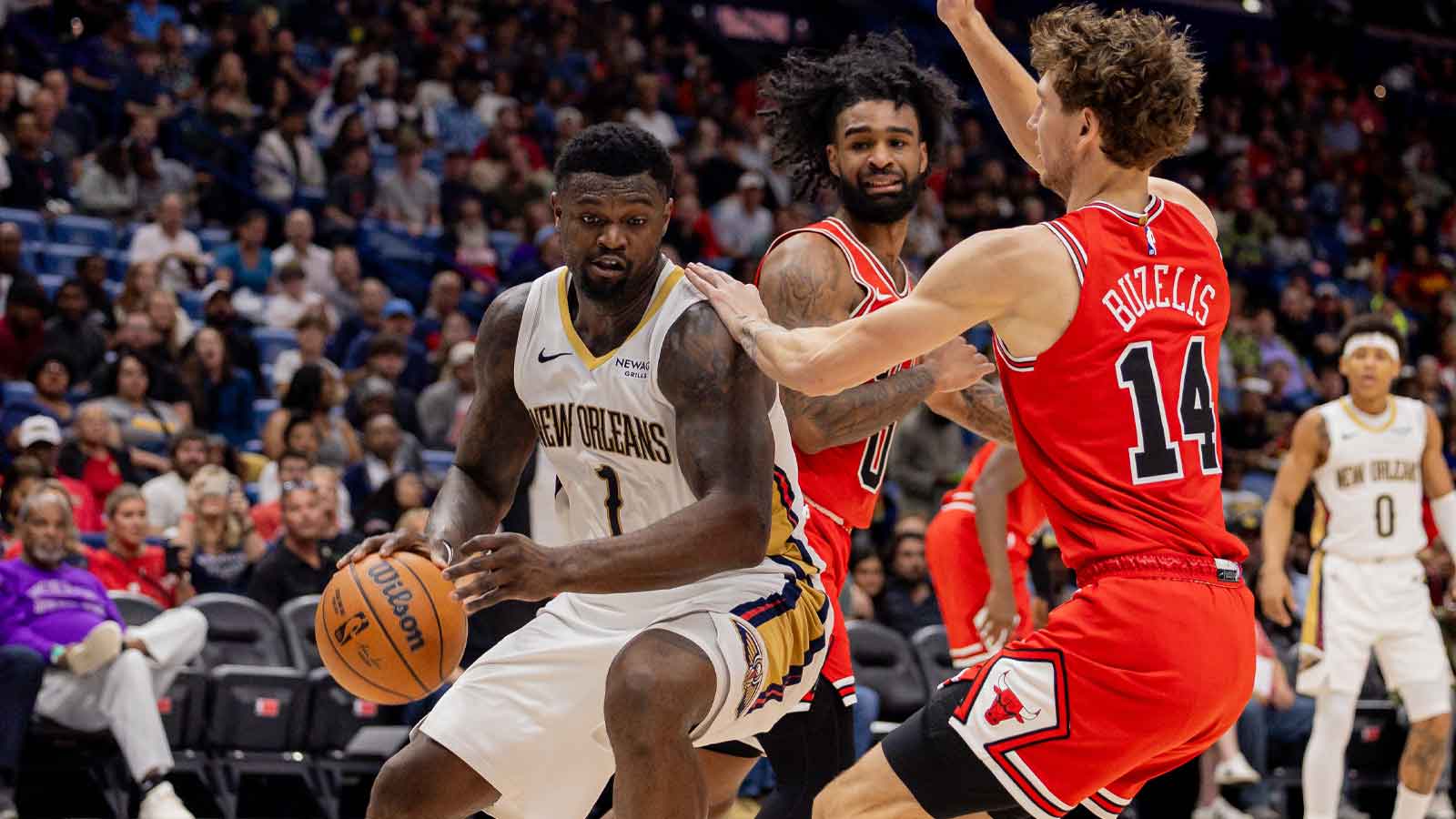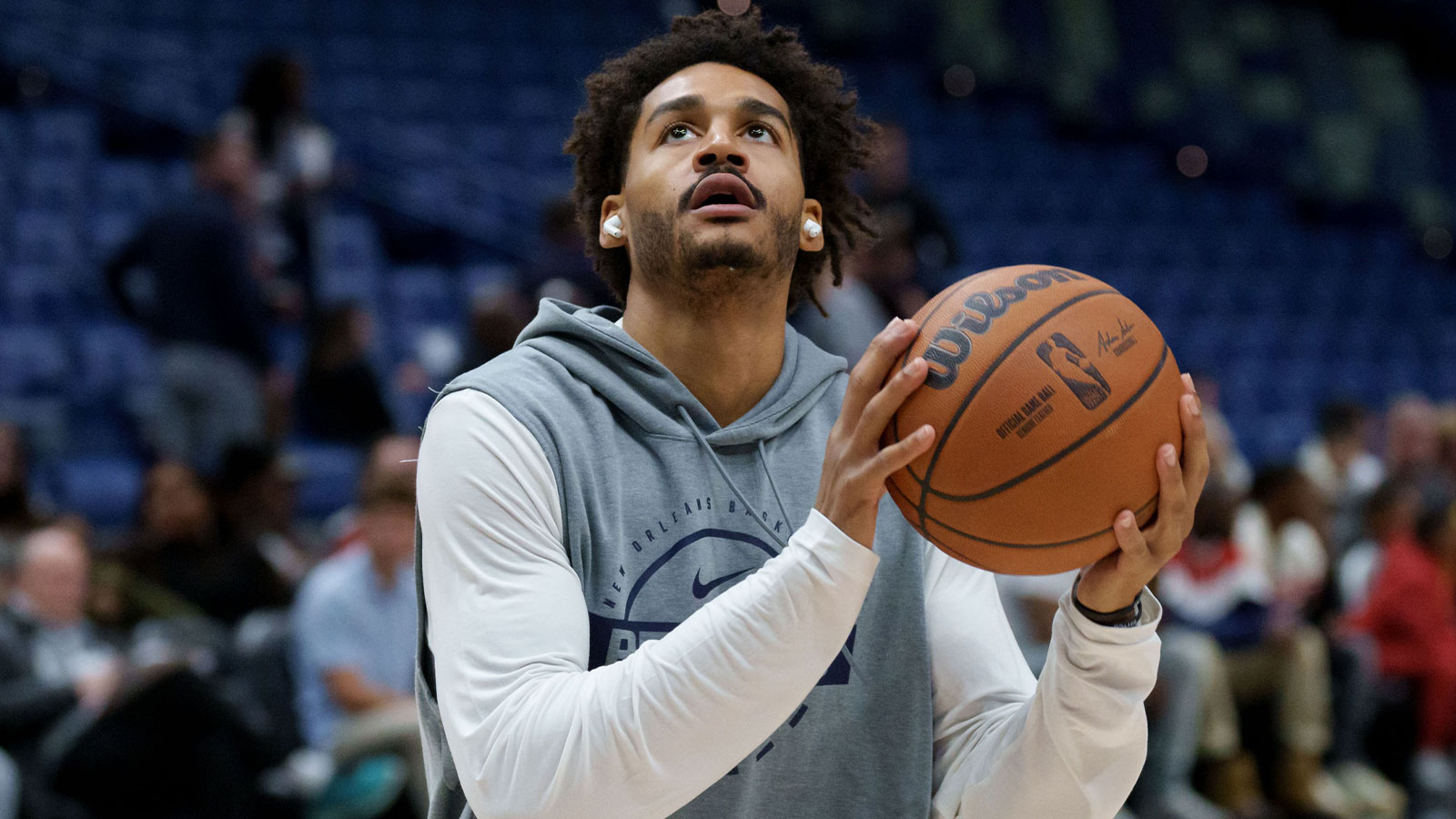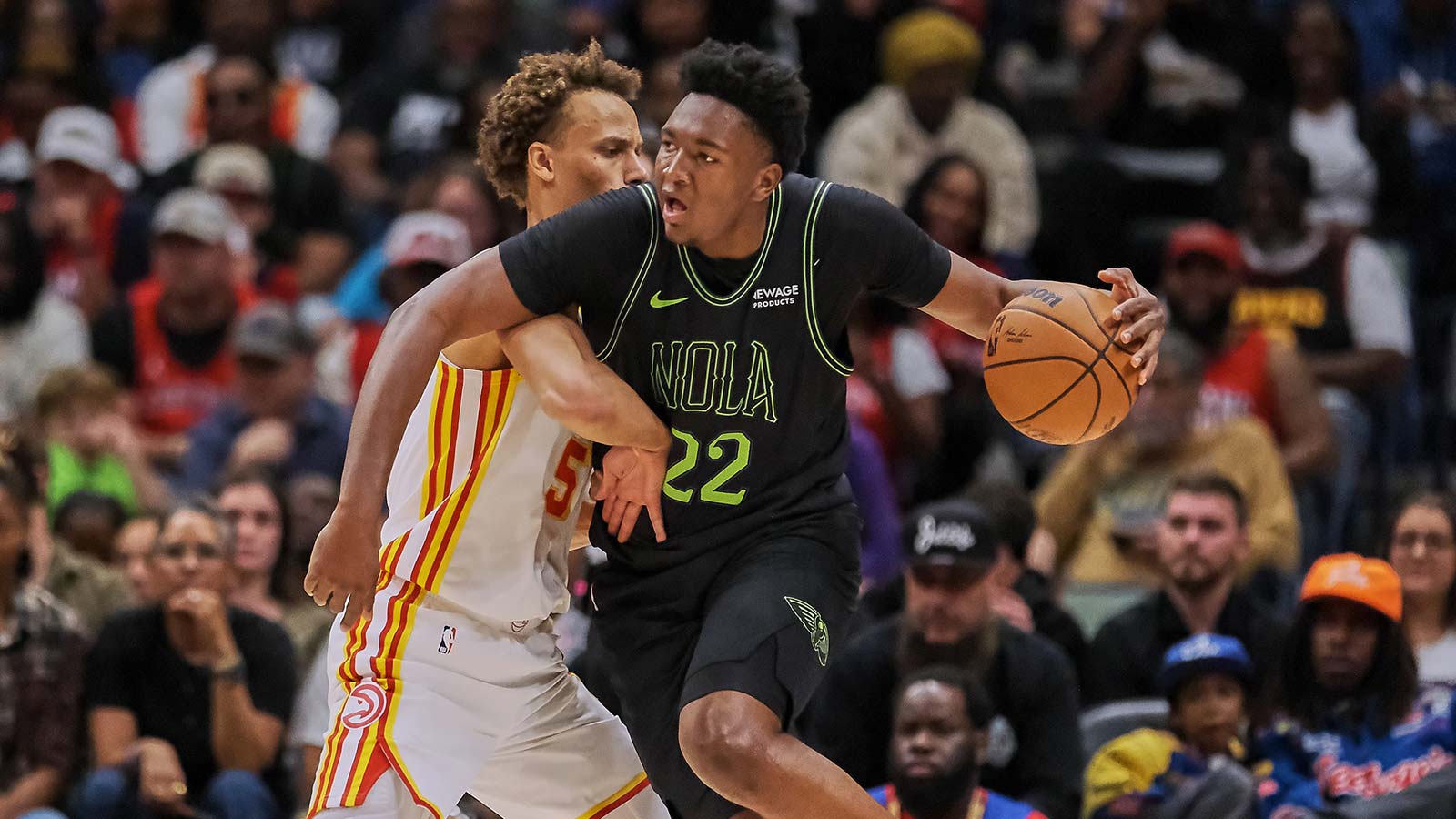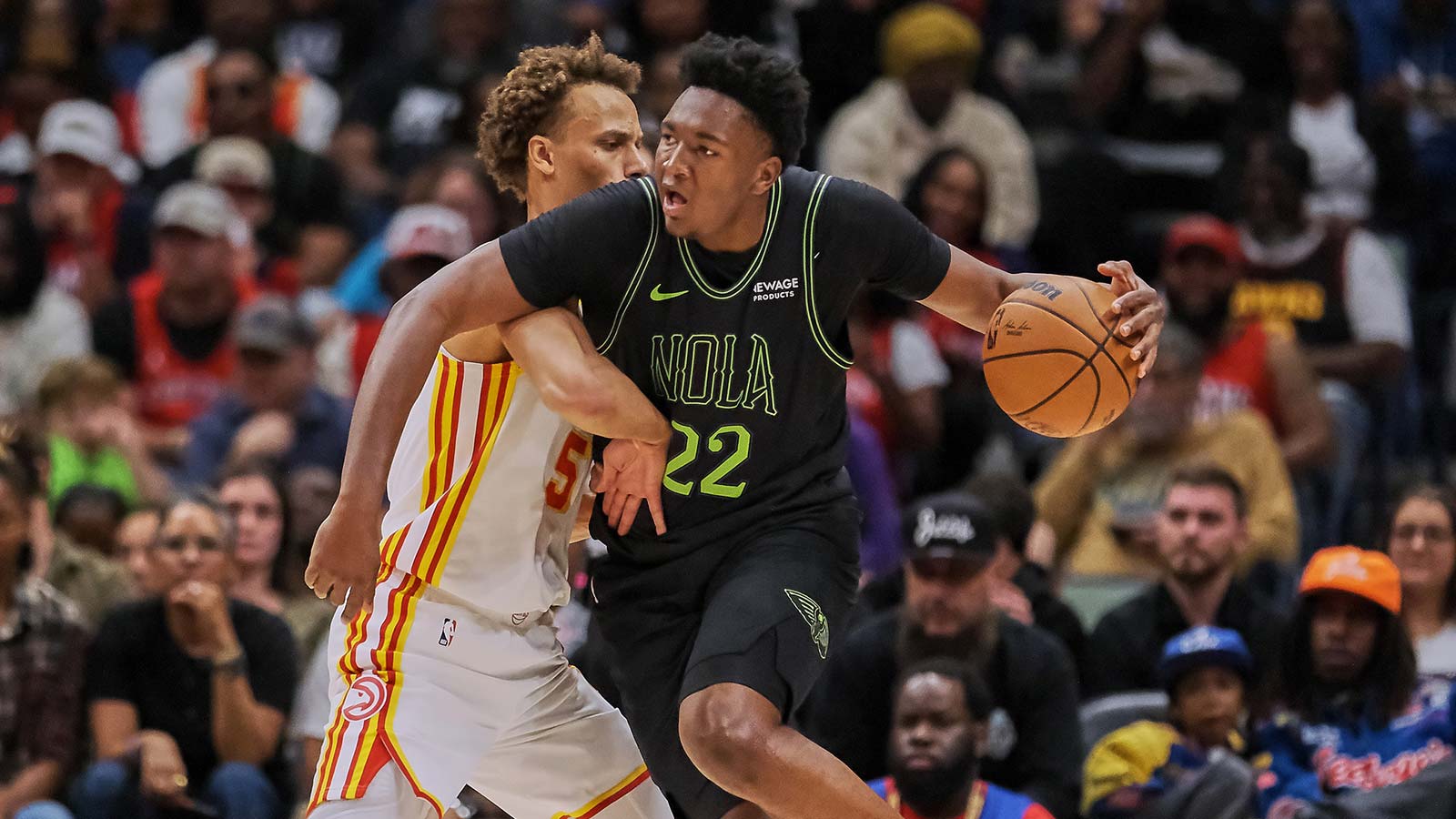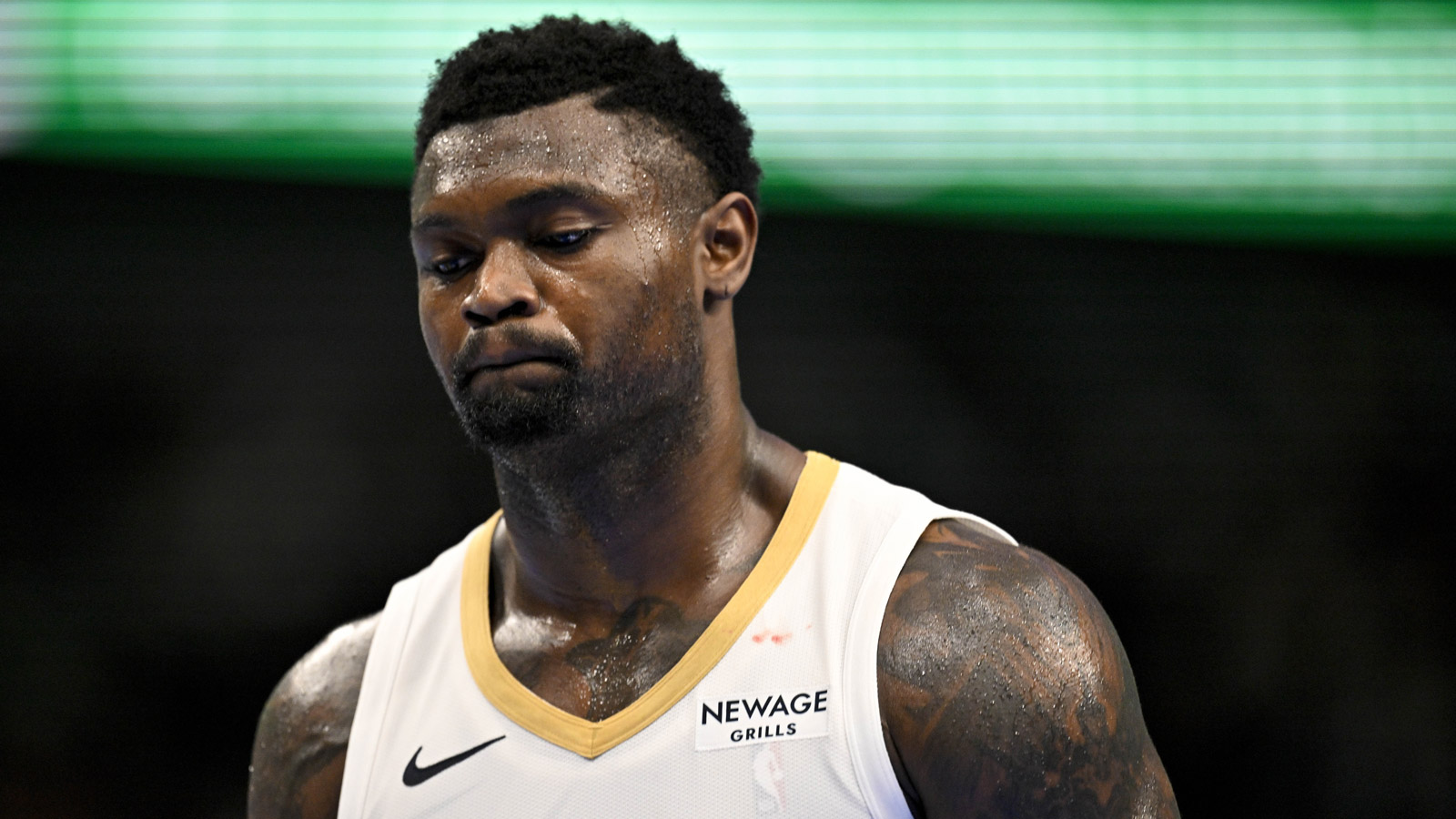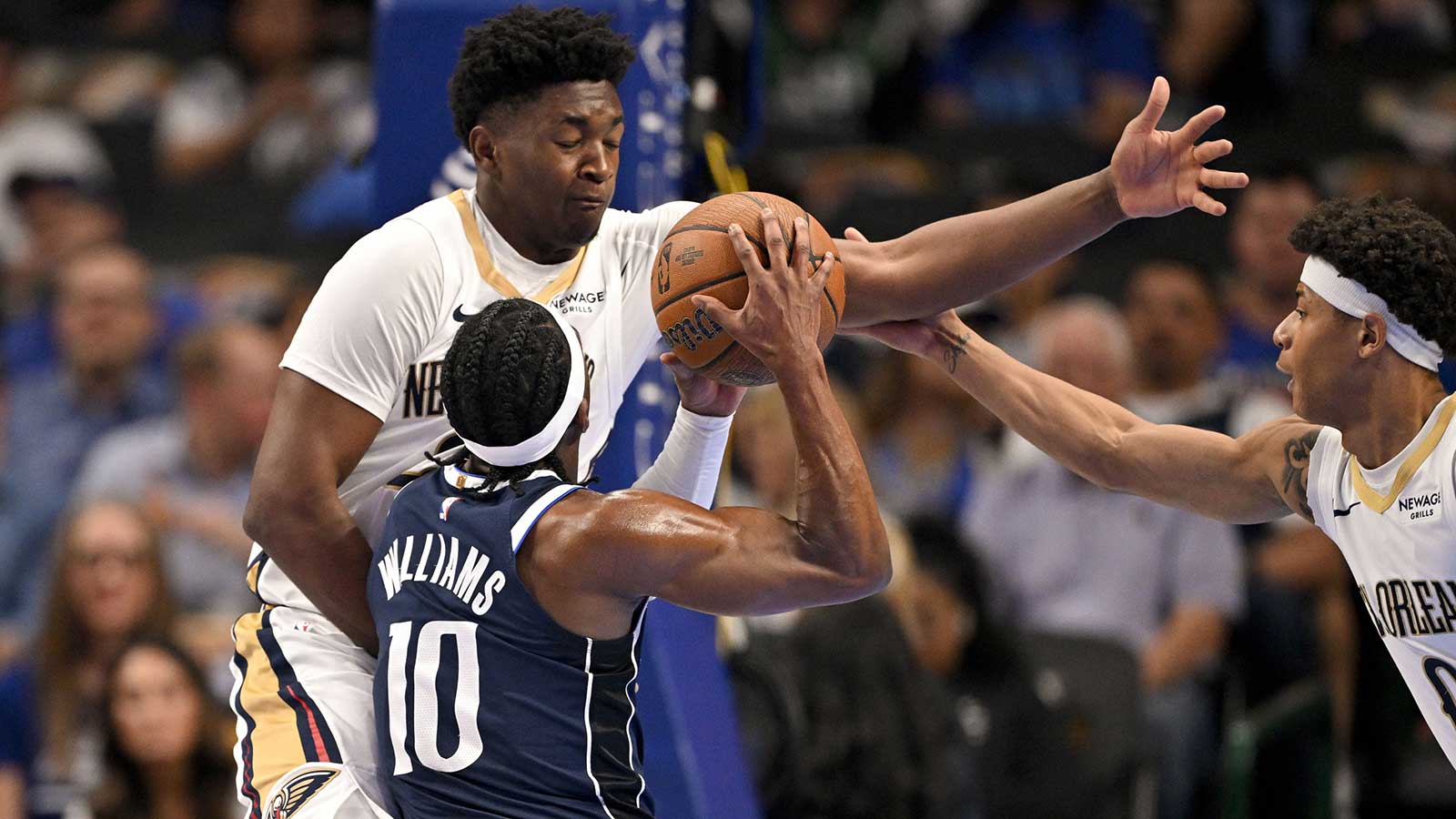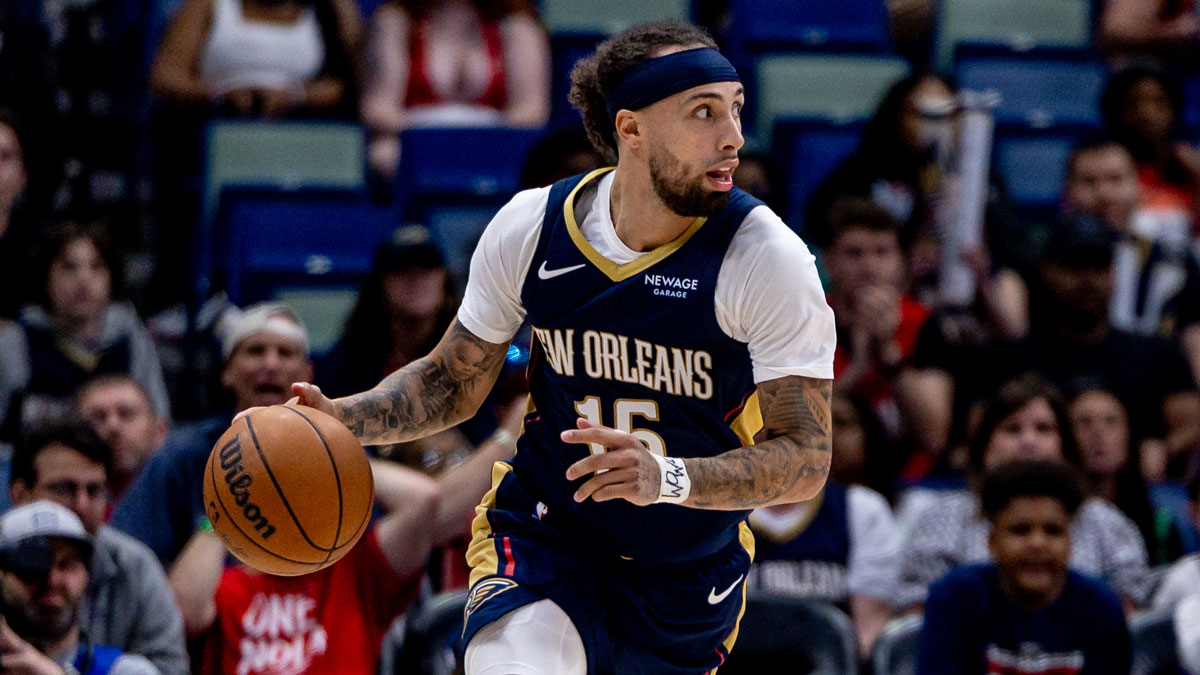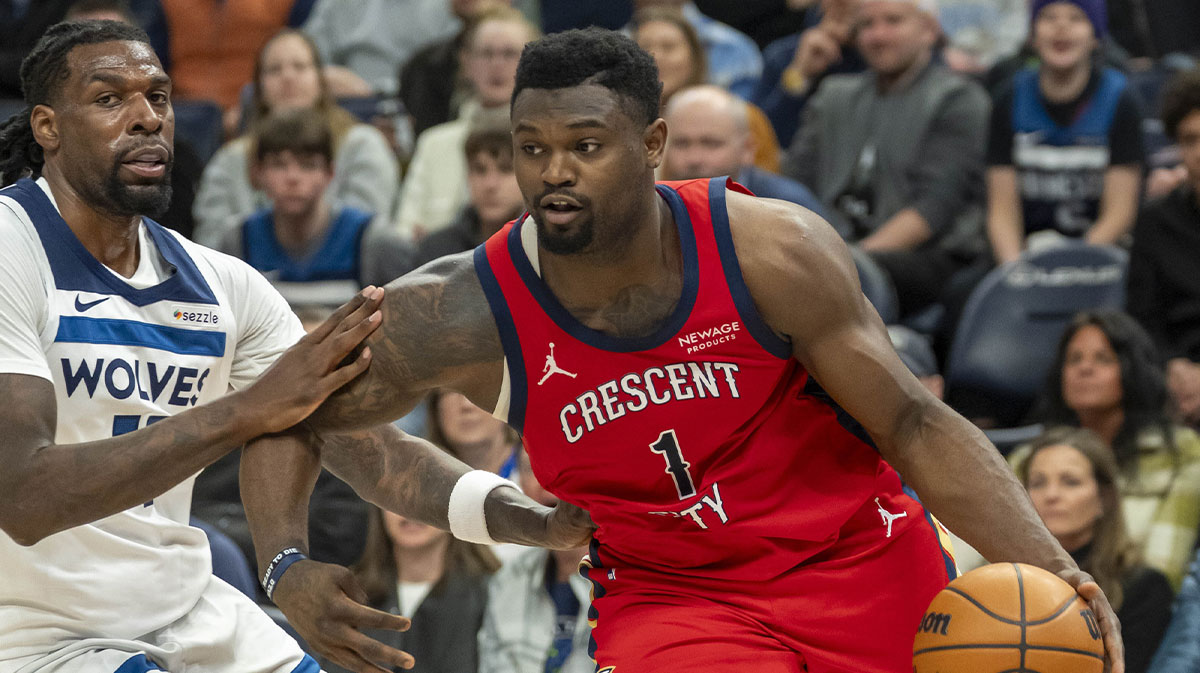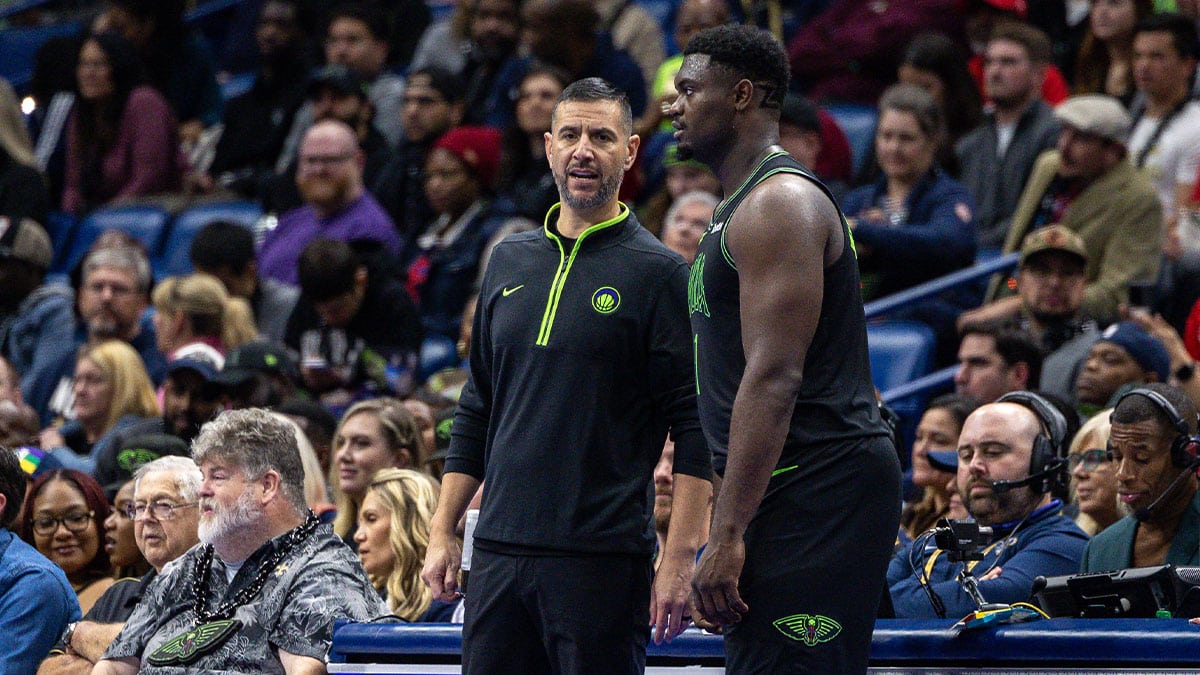When the New Orleans Pelicans traded back into the lottery to select Derik Queen with the No. 13 pick in the 2025 NBA Draft, they made one of the boldest moves of draft night. The front office sent out a future first-round pick, a 2026 selection, to make it happen. Queen wasn’t a reach by any means, widely viewed as a late-lottery talent. However, using future capital to secure an early position placed pressure on his development.
Unfortunately, that development has already hit a speed bump.
After showing promise in early Summer League play, Queen suffered a wrist injury that required surgery. He’s expected to miss at least 12 weeks before being re-evaluated. While the injury isn’t expected to have long-term implications, it casts a cloud over his rookie year and raises the Pelicans’ most pressing concern: Can Derik Queen catch up fast enough to justify the aggressive investment?
Derik Queen’s NBA style is rare but risky
Queen isn’t the prototype modern NBA big: he’s not a lob threat, rim-runner, or switch-heavy defender. What he brings instead is touch, feel, and positional intelligence. Standing 6-foot-9, Queen’s game is built more like a playmaking hub than a vertical spacer.
In college, he averaged 16.5 points, nine rebounds, and 1.9 assists per game on 53% shooting for Maryland, anchoring their offense with a mix of footwork, touch, and poise, in the Las Vegas Summer League, which translated immediately. In three games, Queen posted 14 points, 11 rebounds, and over two assists per night, a strong start.
3 games, 3 double-doubles for Derik Queen
13 PTS/10 REB
12 PTS/13 REB
17 PTS/10 REB pic.twitter.com/iuONTsrtjn— New Orleans Pelicans (@PelicansNBA) July 16, 2025
He fits the mold of players like Nikola Jokic, Domantas Sabonis, and Alperen Sengun, who have leveraged elite IQ and creativity to become successful NBA bigs. But even those players needed time, and they benefited from consistent reps early in their careers.
Here lies the biggest issue for the Pelicans: Queen doesn’t possess the physical margin for error that many rookies lean on. He’s not likely to beat defenders with raw speed or verticality. Instead, he creates every advantage from timing, angles, and craft.
And that means every missed rep, every delay in adjusting to NBA speed, spacing, and physicality, matters that much more.
Missing training camp, preseason, and potentially early-season rotations deprive Queen of the on-court chemistry and learning curve essential to his archetype. When a player’s strength is feel for the game, there’s no substitute for playing time.
Roster dynamics could add pressure
The Pelicans have quietly built one of the deepest frontcourts in the league. Zion Williamson remains the focal point. Hunter Dickinson and Yves Missi are role players capable of holding down the paint. And new arrival Kevon Looney adds an experienced defensive presence and rebounding specialist.
Where, exactly, does Queen fit in?
Before the injury, the hope was that Queen could earn rotation minutes behind or next to Zion, offering connective tissue between the perimeter and paint. But now, he risks falling behind in the pecking order, with coach Willie Green needing to prioritize health, chemistry, and veterans as the team fights for playoff relevance in a crowded West.
Even if Queen is fully healthy by the new year, cracking the rotation after missing several months could be a steep ask.
The timeline: 12 weeks before re-evaluation, puts Queen’s return somewhere around late October to early November, at best. But re-evaluation doesn’t mean immediate return. That’s only when the medical team will determine the next steps. Factoring in ramp-up time, it could be closer to December before Queen is fully integrated.
The New Orleans Pelicans announced today that forward/center Derik Queen underwent successful surgery to address a torn scapholunate ligament in his left wrist. The surgery was performed this morning by Dr. Steven Shin in Los Angeles, California.
Queen sustained the injury… pic.twitter.com/6uIgQk4L1P
— New Orleans Pelicans (@PelicansNBA) July 18, 2025
By then, the Pelicans may already have a set rotation. And with the West expected to be a battlefield, throwing a rookie into high-leverage minutes mid-season could be risky.
The concern isn’t just whether Queen plays, it’s whether the Pelicans will let him play once they’ve committed to other options.
The silver lining: What Queen can still control
Despite the injury, Queen should be able to stay in shape. It’s a wrist injury, not a leg or core issue. That means cardio, strength training, and body development can still be a priority. For someone looking to make a leap from college to NBA-level physicality, that alone is a win.
Meanwhile, Queen can also take this time to dive deep into game film. Learning the Pelicans’ offensive and defensive schemes, studying opponents, and mentally prepping for NBA reads are all ways to accelerate his transition, even without on-court reps.
The injury does little to change Queen's long-term upside. His game was never predicated on freak athleticism, which often ages poorly. Instead, his skills should only sharpen with time.
Derik Queen with the backdown and fadeaway 💪 pic.twitter.com/bA2RDT82Ey
— NBA TV (@NBATV) July 16, 2025
If anything, this could be a redshirt-style rookie year, a slower start that sets him up for a bigger leap in Year 2. But for a Pelicans team that gave up a first-round pick to get him, the patience required might be tough to stomach.
Caution, not panic
Derik Queen remains a high-upside player with a strong foundation. His interior touch, vision, and defensive awareness are all NBA-ready tools that don’t show up in a highlight reel but matter in winning basketball.
But the Pelicans must now prepare for the reality that his impact might come later than hoped. They must carefully manage his recovery and their rotation, balancing the long game with immediate needs.
In a year where New Orleans is looking to finally break out of the play-in rut and into the playoff tier, every rotation decision carries weight. And Queen, talented though he is, may now face the toughest path of all: proving his worth while starting behind the curve.

